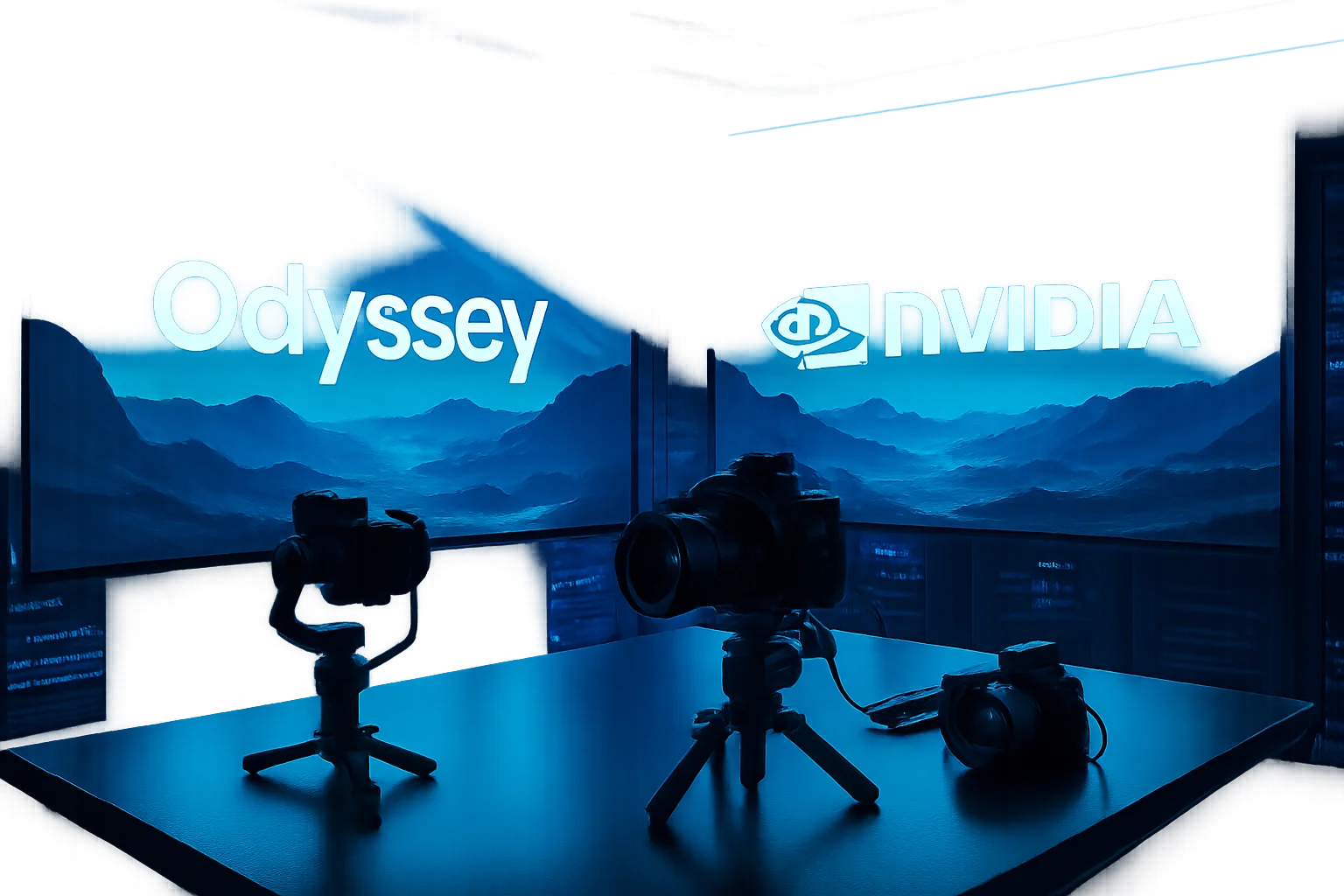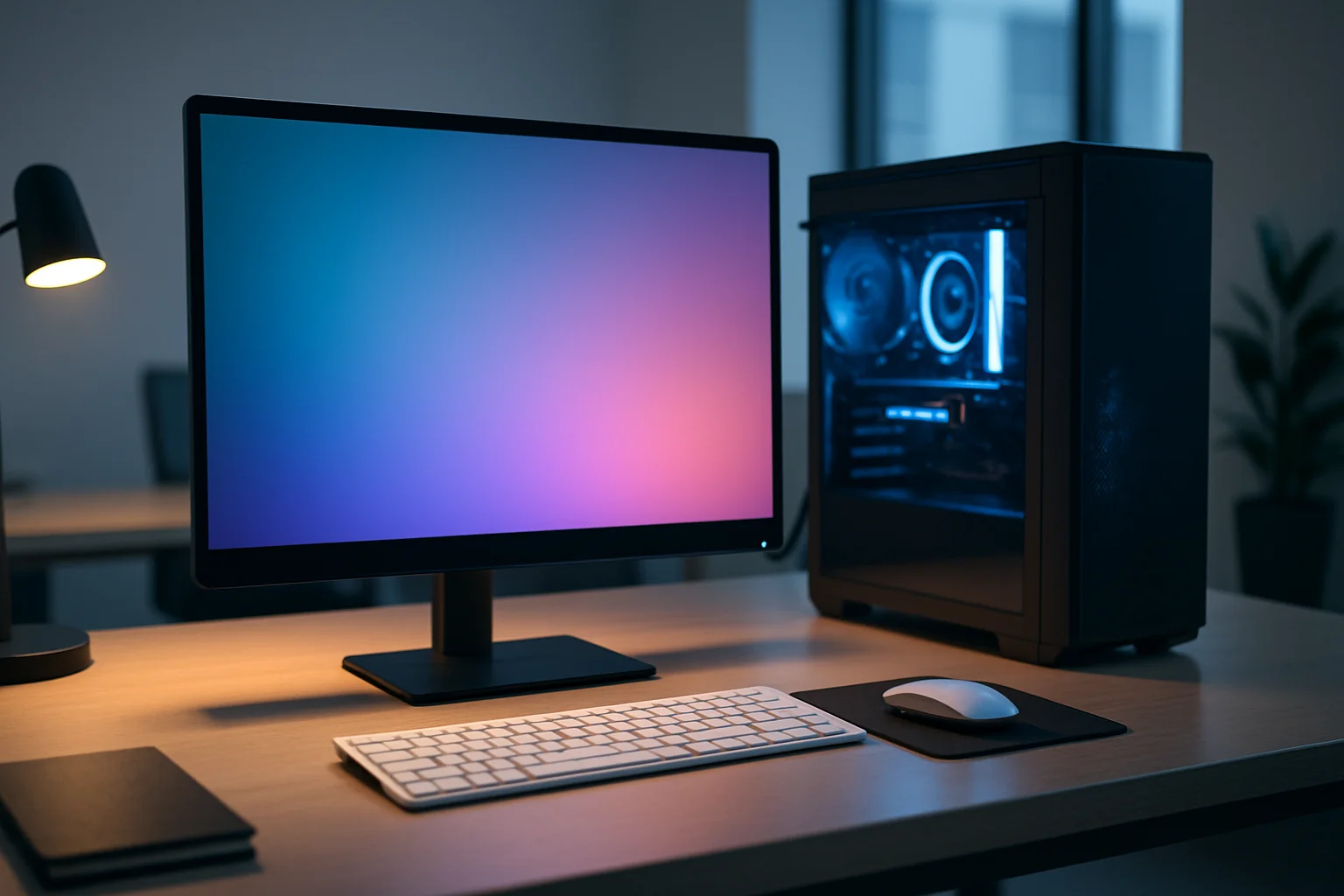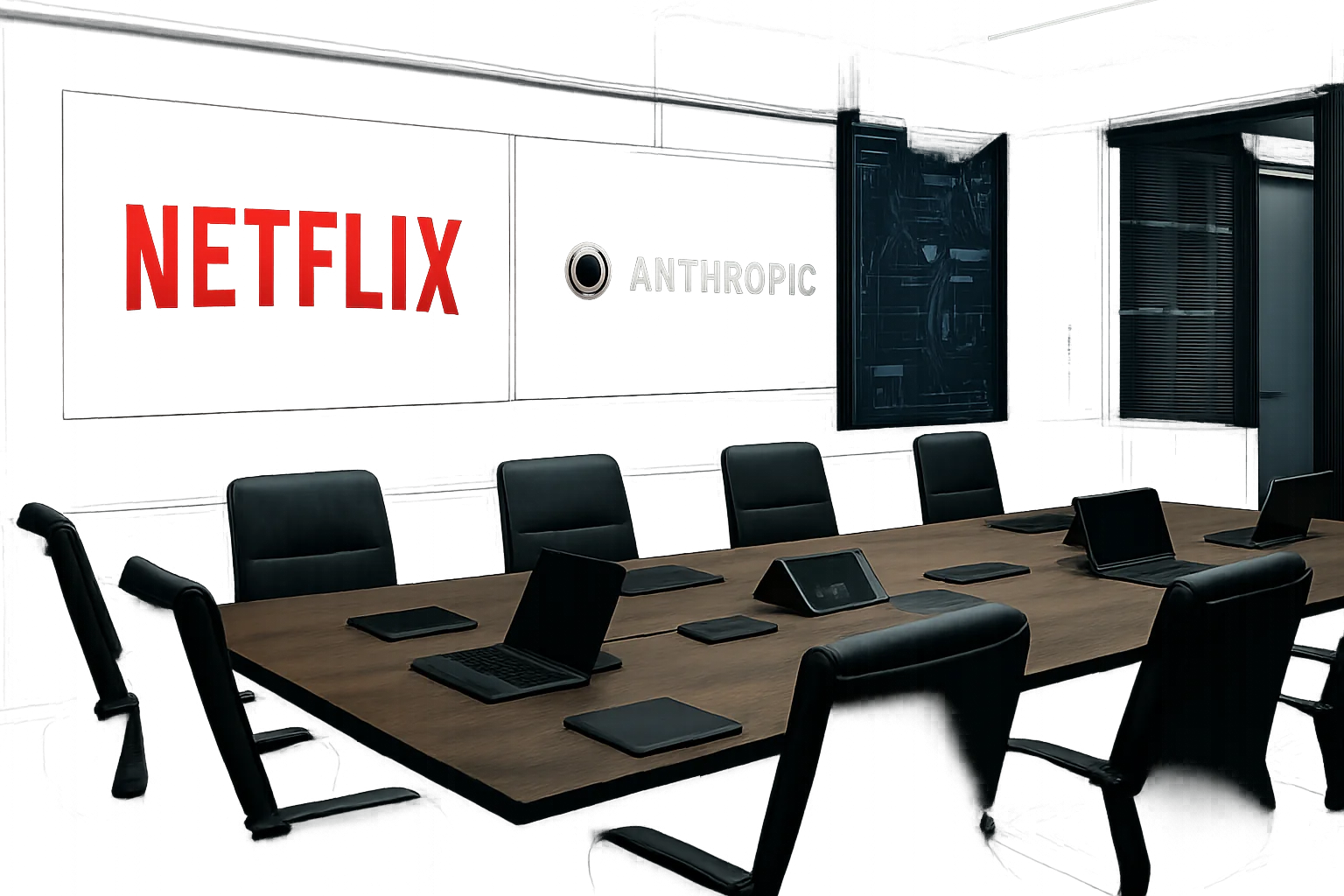Odyssey, a startup founded by self-driving technology veterans Oliver Cameron and Jeff Hawke, has launched an AI model capable of streaming interactive 3D video worlds. This innovative technology allows users to explore video environments in real time, much like navigating a 3D-rendered video game.
Streaming Interactive Worlds
Available as an early web demo, Odyssey's model generates and streams video frames every 40 milliseconds. Users can control their viewpoint within the video, offering a new level of immersion and interactivity. According to Odyssey, the model predicts the next state of the world based on current conditions, user actions, and historical data.
“Powering this is a new world model, demonstrating capabilities like generating pixels that feel realistic, maintaining spatial consistency, learning actions from video, and outputting coherent video streams for 5 minutes or more,” the company explained in a recent blog post.
The Race for World Models
Odyssey joins a growing list of companies and research labs—such as DeepMind, World Labs, Microsoft, and Decart—pursuing advanced world models. These models have the potential to revolutionize interactive media, from games and movies to realistic training simulations for robotics.
However, the rise of AI in creative industries has sparked debate. A Wired investigation highlighted concerns among game studios and animators about job disruption, with a 2024 study estimating that over 100,000 U.S. film, television, and animation jobs could be affected by AI advancements in the near future.
Collaboration Over Replacement
Odyssey emphasizes its commitment to working alongside creative professionals rather than replacing them. “Interactive video opens the door to entirely new forms of entertainment, where stories can be generated and explored on demand, free from the constraints and costs of traditional production,” the company stated. Odyssey envisions a future where all video content—entertainment, advertising, education, training, and travel—evolves into interactive experiences powered by its technology.
Current Limitations and Future Plans
While the current demo showcases impressive capabilities, Odyssey acknowledges that the generated environments can appear blurry, distorted, and sometimes unstable. The company is actively working to improve the model's visual fidelity, temporal stability, and persistent state, aiming to deliver richer and more consistent world representations. Presently, the system streams video at up to 30 frames per second using clusters of Nvidia H100 GPUs, costing about $1–$2 per user-hour.
Odyssey is also expanding the model's action space, moving beyond simple motion to enable more complex world interactions. To enhance realism, the company has developed a 360-degree, backpack-mounted camera system for capturing real-world landscapes, providing higher-quality training data than publicly available sources.
Backing and Industry Integration
To date, Odyssey has raised $27 million from investors including EQT Ventures, GV, and Air Street Capital. Notably, Ed Catmull, co-founder of Pixar and former president of Walt Disney Animation Studios, serves on the company's board of directors.
In December, Odyssey announced ongoing work on software that allows creators to import AI-generated scenes into industry-standard tools like Unreal Engine, Blender, and Adobe After Effects for further editing and refinement.




